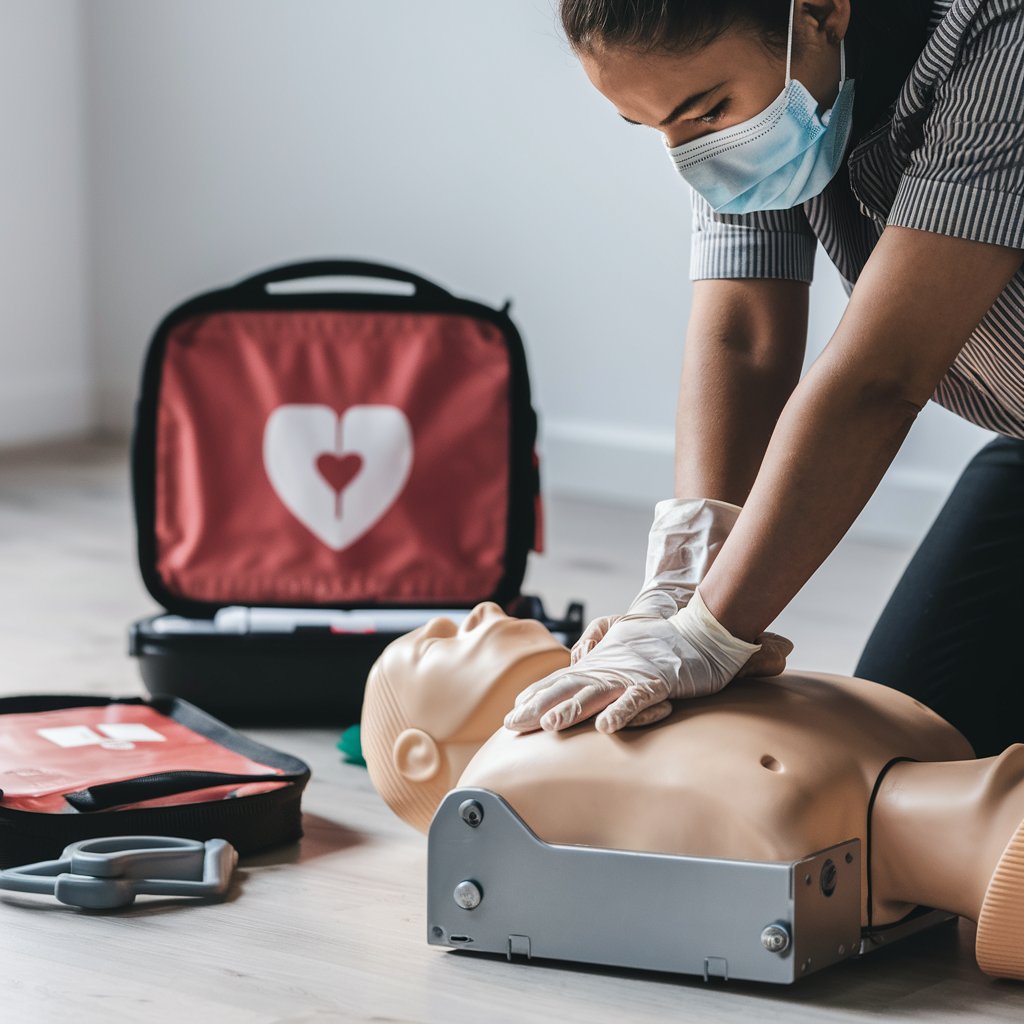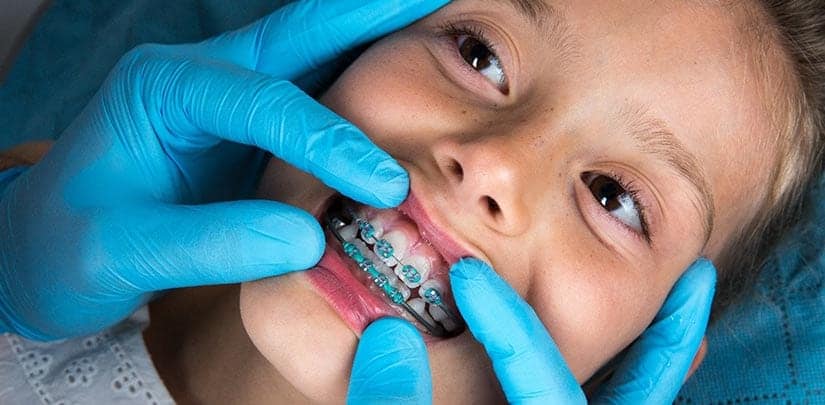Why First Aid CPR Training is Essential
Saving Lives
The primary reason for getting certified in First Aid CPR is the ability to save lives. Cardiac arrests and other emergencies can occur without warning, and immediate intervention significantly increases survival rates. According to the American Heart Association, effective bystander CPR can double or triple the chances of survival.
Table of Contents
ToggleBuilding Confidence
Knowing how to respond in an emergency reduces panic and boosts confidence. Professional training equips individuals with the skills and practice needed to act swiftly and efficiently, whether it’s performing CPR, using an AED, or providing first aid for injuries.
Enhancing Workplace Safety
Many workplaces require employees to have CPR and first aid training. Certification ensures that staff are prepared to handle emergencies, reducing workplace accidents and promoting a safer environment. Trained employees can provide immediate care, minimizing the severity of injuries and improving recovery outcomes.
What First Aid CPR Training Entails
Comprehensive Curriculum
Professional First Aid CPR training programs cover a wide range of topics, including:
CPR Techniques: Learning how to perform chest compressions and rescue breaths for adults, children, and infants.
Heartsaver CPR AED: Training on using an Automated External Defibrillator (AED) in conjunction with CPR.
First Aid Basics: Managing common injuries such as cuts, burns, fractures, and choking.
Medical Emergencies: Recognizing and responding to conditions like heart attacks, strokes, and allergic reactions.
Hands-On Practice
Hands-on practice is a crucial component of effective CPR and first aid training. Participants use manikins and training AEDs to practice techniques, building muscle memory and ensuring they are ready to perform these skills in real-life situations.
Flexible Learning Options
Flexible CPR training programs, such as those offered by CPR with Dr. L, provide a variety of learning options. These can include online courses, in-person classes, and blended learning, allowing participants to choose the method that best fits their schedule and learning style.
Who Benefits from First Aid CPR Training
Healthcare Professionals
Healthcare providers are often required to maintain CPR certification. Regular training ensures they are up-to-date with the latest guidelines and techniques, enabling them to provide the best care in emergencies.
Educators and Childcare Providers
Teachers, coaches, and childcare workers are responsible for the safety of children and students. First Aid CPR training equips them with the skills to handle emergencies, creating a safer environment for those in their care.
Parents and Caregivers
Parents and caregivers benefit greatly from CPR and first aid training. It prepares them to manage emergencies involving their children, providing peace of mind and ensuring a quick, effective response.
Community Volunteers
Volunteers involved in community programs, such as neighborhood watch groups and disaster response teams, can significantly enhance their ability to help others by becoming certified in CPR and first aid.
Workplace Safety Officers
Safety officers in various industries play a critical role in maintaining a safe working environment. First Aid CPR training enables them to respond effectively to workplace injuries and medical emergencies, promoting overall workplace safety.
Benefits of Flexible CPR Training Programs
Convenience and Accessibility
Flexible CPR training programs offer the convenience of learning at your own pace and on your schedule. This accessibility ensures that even those with busy lives can become certified, making it easier to acquire life-saving skills.
Enhanced Learning and Retention
Programs like the Heartsaver CPR AED course include interactive modules and refresher courses, enhancing learning and retention. Participants can revisit materials and practice skills as needed, ensuring they remain proficient over time.
Cost-Effective Solutions
Flexible training programs are often more affordable than traditional in-person classes. This cost-effectiveness makes it easier for individuals and organizations to invest in essential training without straining their budgets.
Regular Updates
Flexible training programs frequently provide updates to ensure participants stay informed about the latest CPR guidelines and techniques. Staying current with the latest knowledge is crucial for effective emergency response.
Practical Skills Application
Flexible CPR training emphasizes practical, hands-on skills that can be applied in real-life situations. This practical approach ensures participants are not only knowledgeable but also confident in their ability to perform CPR and first aid.
Community Impact
Increasing the number of certified individuals enhances community safety. More trained responders mean a higher likelihood of effective intervention during emergencies, contributing to a safer and more prepared community.
Personal Empowerment
Being trained in CPR and first aid empowers individuals to take action in emergencies. This empowerment fosters a sense of responsibility and readiness, contributing to a culture of preparedness and safety.
Professional Development
CPR certification is a valuable addition to professional qualifications. It demonstrates a commitment to safety and preparedness, which can be beneficial for career advancement and professional growth.
Professional First Aid CPR training transformation
Getting certified with professional First Aid CPR training, such as the Heartsaver CPR AED course offered by CPR with Dr. L, is essential for anyone who wants to be prepared to respond effectively in emergencies. The comprehensive curriculum, hands-on practice, and flexible learning options make it accessible and beneficial for a wide range of individuals, from healthcare professionals and educators to parents and community volunteers.
The benefits of flexible CPR training programs extend beyond personal empowerment to community safety and professional development. By choosing flexible training options, individuals not only enhance their ability to respond in emergencies but also contribute to a safer and more prepared community. Investing in First Aid CPR training is a wise decision that equips you with the knowledge and confidence to make a difference when it matters most.



